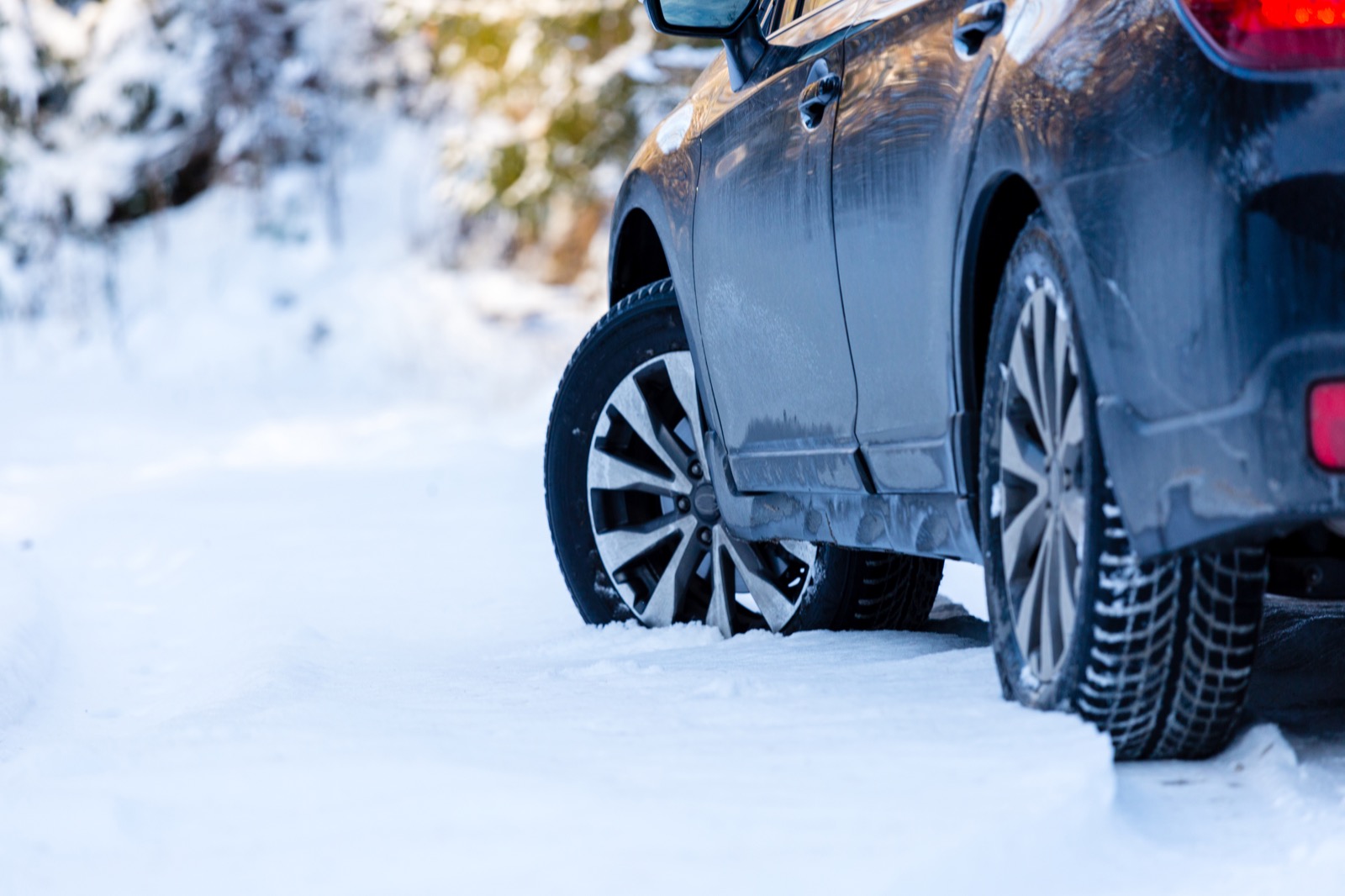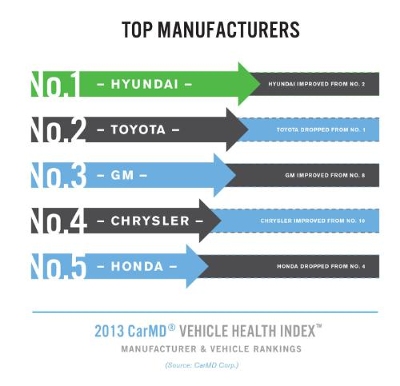Last Update: January 2019
A surgeon’s scalpel is the perfect tool for performing surgeries, but you wouldn’t use one to cut down a tree. You wouldn’t use a chainsaw in an operating room. You need the right tools for the job. That’s why when winter arrives and you start prepping your car, you should put on your snow tires.
All Seasons or No Seasons?
There’s common misconception is that all-season tires are best for year-round driving. In reality, all-season tires should are more like no-season tires. They’re useable in warmer weather and summer but are too hard to work well in winter.
Snow Tires are Built for Winter Driving
Cold temperatures, snow, and ice can all impact a tire’s ability to grip the road. That’s what makes it so difficult to turn or slow down in the winter. Want to avoid that effect? Use snow tires.
Snow tires (also called winter tires) use a special rubber that maintains flexibility and maximizes grip on slippery surfaces. They feature tread patterns designed to dig into snow and ice. This allows for more sure-footed grip and improved braking and acceleration.
Making the Switch to Snow Tires
You’ll want to install your snow tires at the right time. Temperatures should regularly be below 40º, but you also want to get them on before the first snow. In Minnesota and Wisconsin, November is usually a good month.
Snow tires may seem cost-prohibitive, but they’re worth the investment. Due to the price, it might be tempting to only install them on two wheels. But, it’s safest to put them on all for corners of your vehicle. You should also consider getting a second set of wheels. Again this might cost more up front, but you’ll save on the cost of installing tires twice a year. If you mount them on a separate set of wheels, you can change out your own tires each season. If your car has a TPMS, you’ll need to disable it or get new sensors for your second set of wheels.
The Right Tires Make a Big Difference
There are many different brands of snow tires that will give you an advantage in winter driving. In the video below, we use two identical vehicles to illustrator the difference. One vehicle has snow tires, one has the factory-recommended all-seasons. It’s pretty easy to tell which is which.
As you can see, we’re still able to maneuver the car on the factory tires. But with snow tires, we could accelerate, stop, and maneuver the car more quickly than without.
We suggest adding snow tires to your vehicle to enhance your safety for winter driving. Visit morries.com to find the location nearest you and schedule an appointment today.





